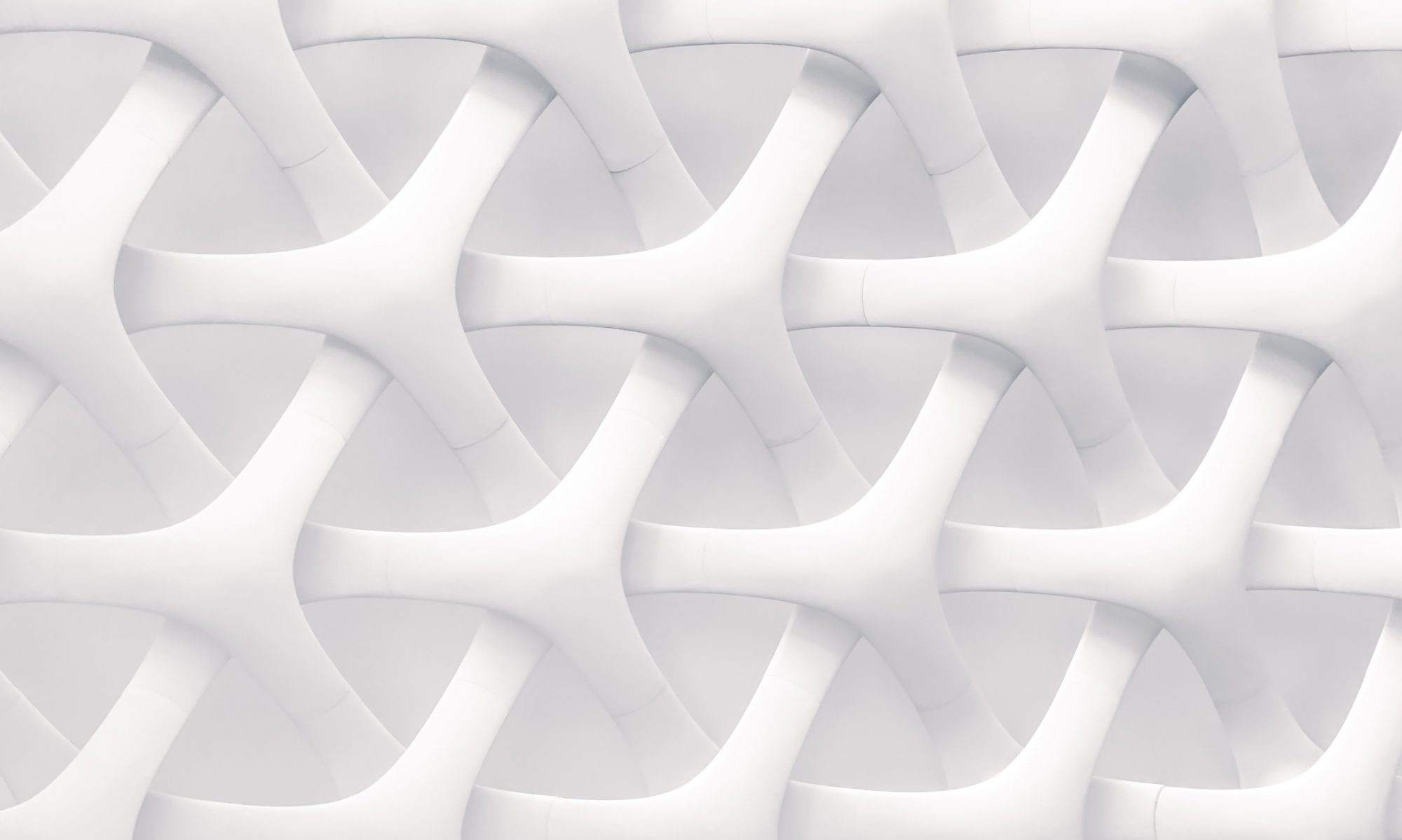This is a sample Blog Page. On your group’s page you can include:
Text:
Over the past decade, the development and deployment of a biodegradable urethral stent has gradually gained academic acceptance. The polymers of hydroxyl acids have good biocompatibility properties, and it is possible to make stents with different expansion rates and degradation times. For certain urologic conditions, there is an intrinsic advantage to the use of a bioabsorption device, because it eliminates the need for a second operation for stent removal. In this article, Tammela and Talja review the current state of biodegradable urethral stents and consider future possibilities.
Links:
Textile printing and the environment (Sample Blog post)
Overview of Biodegradable Urethral Stents
Ureteral Stents: New Ideas, New Designs
Images:


Streaming Video (ex. Youtube):
Suture Technique Video (SkidMD)
References:
Finney RP. Experience with new double J ureteral catheter stent. J Urol. 1978 Dec;120(6):678–681.
Hepperlen TW, Mardis HK, Kammandel H. The pigtail ureteral stent in the cancer patient. J Urol. 1979 Jan;121(1):17–18.
Wilkins RA, Nunnerley HB, Allison DJ, Mason R, Kellett MJ, Cumberland DC, Sandin B. The expansion of interventional radiology. Report of a survey conducted by the Royal College of Radiologists. Clin Radiol. 1989 Sep;40(5):457–462.
Rickards D, Jones SN. Percutaneous interventional uroradiology. Br J Radiol. 1989 Jul;62(739):573–581.
Mitty HA, Train JS, Dan SJ. Placement of ureteral stents by antegrade and retrograde techniques. Radiol Clin North Am. 1986 Dec;24(4):587–600.
SkidMD. YouTube, YouTube, 7 Sept. 2009, http://www.youtube.com/watch?v=6P0rYS6LeZw&feature=youtu.be.
[Final Version]
Comments:
